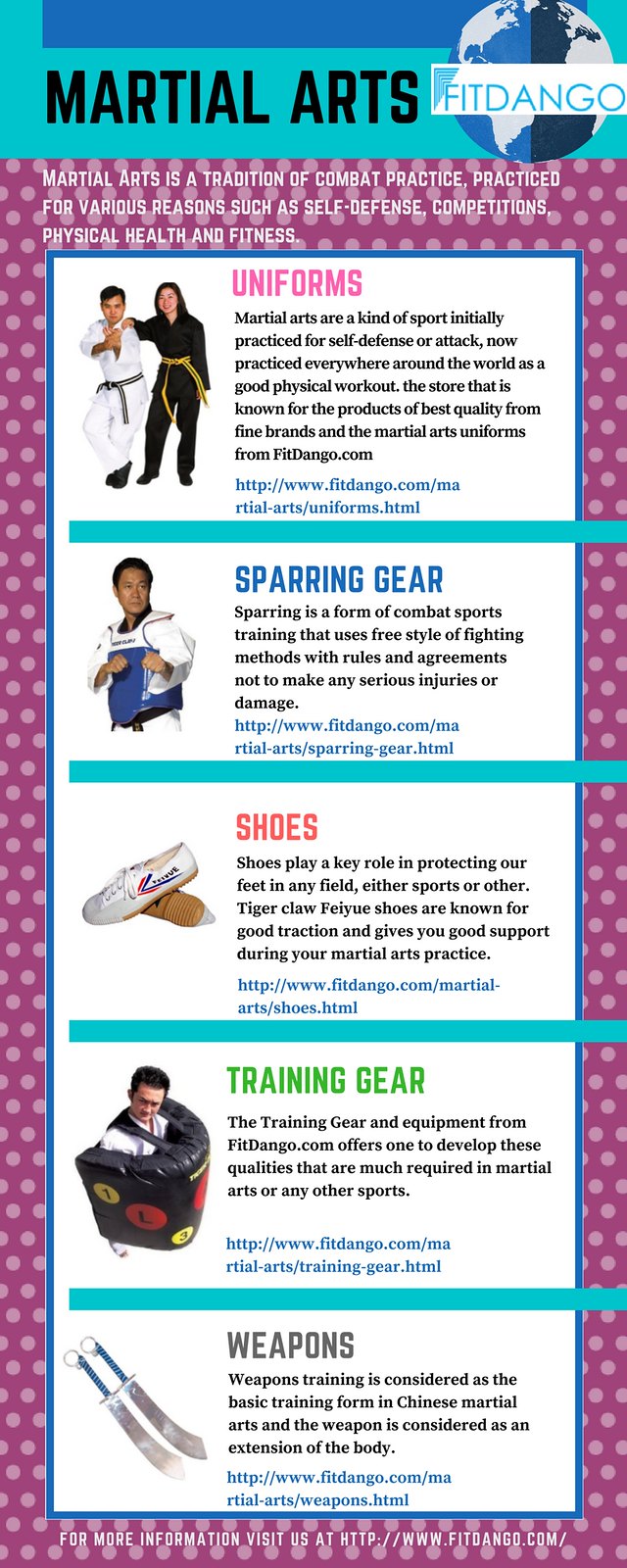Flexibility Is Important In Martial Arts Education
Flexibility Is Important In Martial Arts Education
Blog Article
Created By- martial arts store
Did you understand that flexibility plays an essential role in fighting styles training?
As a matter of fact, a research carried out by the International Journal of Sports Physical Treatment exposed that over 80% of martial artists battle with limited flexibility.
But why is adaptability so essential? Well, it not only boosts your performance and technique but additionally lowers the threat of injuries.
So, if you're wanting to take your fighting styles skills to the following level and stay injury-free, you'll certainly wish to maintain reading.
Benefits of Adaptability in Fighting Style
Adaptability in fighting styles brings many benefits to specialists, permitting you to improve your efficiency and minimize the risk of injury. By improving your adaptability, you increase your range of motion, allowing you to execute strategies with higher precision and effectiveness.
This improved dexterity and fluidness in your motions can provide you a competitive edge, enabling you to react quicker and adjust to different circumstances during competing or competitors. Additionally, increased versatility helps to stop injuries by enhancing muscle flexibility and joint mobility.
It enables your body to move much more openly, reducing the strain on your muscles and ligaments. This, consequently, minimizes the opportunities of strains, strains, and muscular tissue pulls. By incorporating versatility training into your martial arts technique, you not just improve your performance yet also guard your physical wellness.
Strategies to Boost Flexibility
To boost your adaptability in fighting styles, you can integrate different extending exercises into your training routine.
kajukenbo martial arts is dynamic stretching, which entails moving through a full series of motion to warm up your muscular tissues and increase versatility. Examples consist of leg swings, arm circles, and trunk rotations.
https://thebridge.in/fencing/fencing-indian-martial-arts-22265 is fixed stretching, where you hold a go for a continual time period. This helps extend and unwind your muscles, enhancing versatility gradually. Typical static stretches for fighting styles include the butterfly stretch, hamstring muscle stretch, and shoulder stretch.
Furthermore, integrating yoga exercise or Pilates into your training can also considerably improve your versatility.
Keep in mind to always warm up before stretching and listen to your body to prevent injury.
Adaptability Educating for All Skill Levels
As you advance in your fighting styles training, improving your versatility ends up being crucial for improving your general efficiency. Versatility training isn't just beneficial for advanced practitioners however likewise for novices and intermediate students.
Regardless of your skill degree, integrating flexibility exercises into your training regimen will assist you develop a vast array of movement, stop injuries, and enhance your strategy implementation.
For newbies, flexibility training can help boost your form and posture, enabling you to execute activities correctly and efficiently. Intermediate practitioners can use versatility training to more boost their range of activity and boost their fluidity in executing complicated strategies. Advanced trainees can gain from versatility training by preserving and refining their existing versatility, allowing them to do sophisticated actions easily.
Conclusion
Finally, accepting versatility in your fighting styles training is extremely important. By incorporating strategies to enhance flexibility, you can enhance your efficiency and stop injuries.
Remember, 'A flexible body is a durable body.' So, maintain pressing your limitations, stretching regularly, and reap the benefits of a supple and agile physique.
